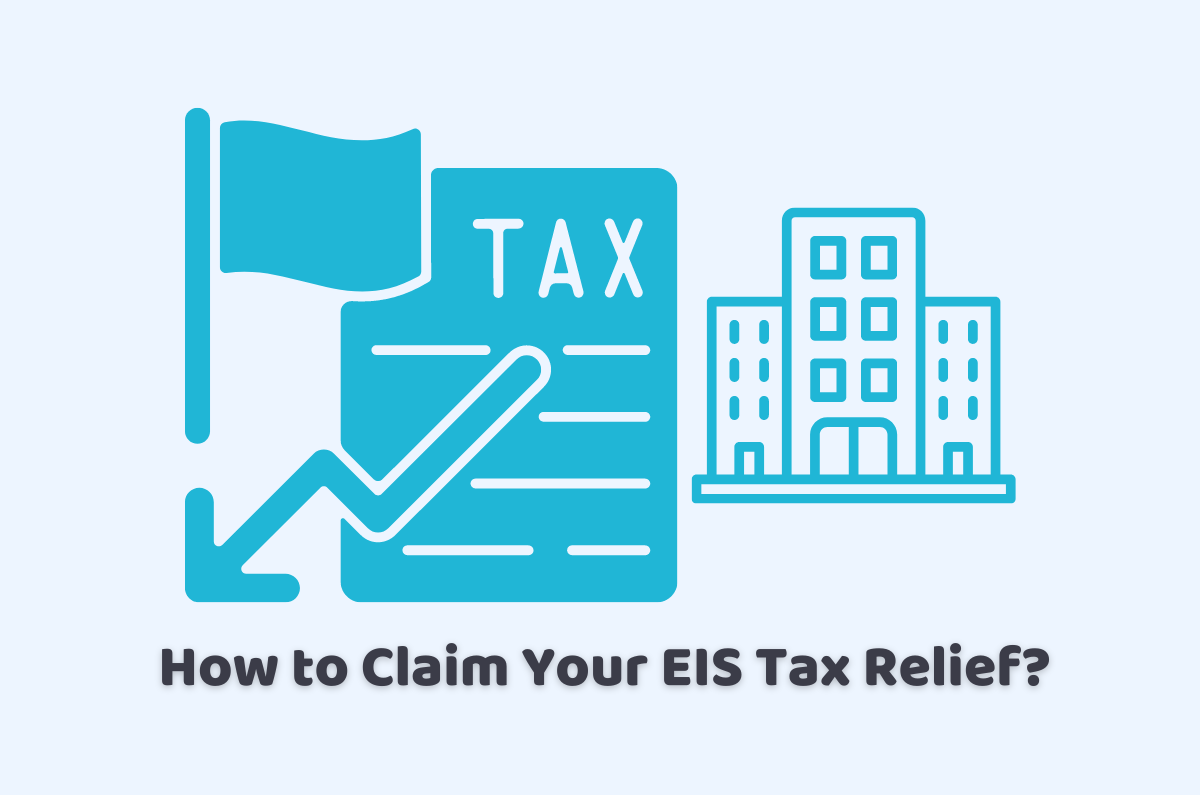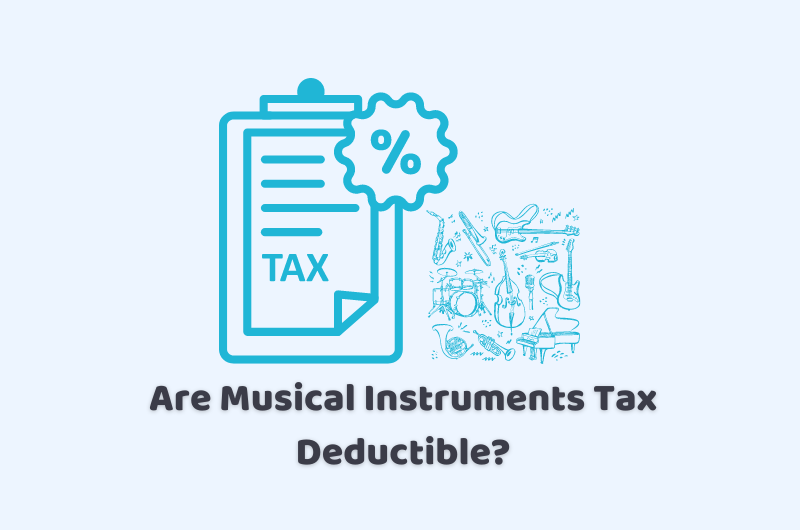
27/02/2024tax , Tax Issues , Tax News and Tips , Tax Saving Tips , Taxation
This discussion is based on how to claim your EIS tax relief. The UK Enterprise Investment Scheme, or EIS, is a tax relief scheme. This enables individuals to get relief on their investment in small early-stage businesses, or EIS companies. EIS provides tax relief on the amount invested, up to 30% of the total investment. The scheme has been designed to provide support for startups and small businesses. It encourages investment in technology, creative, and knowledge-intensive industries.
In this discussion, we will explore the EIS scheme. Including the eligibility criteria for startups and investors, the investment criteria, and how to claim the EIS tax relief. We will also discuss alternative ways to claim EIS tax relief, potential limitations and restrictions, and the importance of seeking professional tax advice.
Talk to one of our intelligent and clever professionals to get your further queries. We will ensure to come up with the best possible solution.
How to Claim Your EIS Tax Relief in an Online Self-Assessment Form?
To claim EIS tax relief in the UK, investors must complete a tax return that includes their EIS investment.
- Log in to the personal tax account at the HMRC website using your PAYE reference number or national insurance number.
- Go to the “Self Assessment” section and select “Start a new Tax Return”.
- Follow the prompts to add your employment and other income details, any expenses you’ve paid in the tax year, and any income that you’ve already reported.
- When you get to the “Other income and expenses” section, select “Capital gains and other losses”. Then select “Seed Enterprise Investment Scheme (EIS)” from the drop-down menu.
- Enter the name and trading address of the EIS company you invested in, the date the investment was made, and the amount of the investment.
- You’ll then have the option to claim tax relief on the investment. This can either be done by deducting the investment from your taxable profits, or by carrying it forward to offset against future tax liabilities.
- Once you’ve completed the relevant calculations, you can then submit your tax return to HMRC for processing.
What Do You Need to Have on Hand to Claim EIS Tax Relief?
There are several documents and pieces of information that you will need to have on hand when you are claiming EIS tax relief in the UK. Here’s a list:
1. EIS certificate
You should receive this from the company you have invested in. This will confirm that the company is eligible and that you have made an EIS investment.
2. Tax certificate
You may also be required to provide a ‘tax certificate’, issued by another company, confirming you are the beneficial owner of the EIS shares.
3. Tax return
You will need to complete a tax return, either online or via a self-assessment form, to include the EIS investment and claim the 30% tax relief.
4. Bank statements
You may be required to provide proof that you have invested, such as bank statements.
5. Investment Agreement
You should have a copy of the EIS investment agreement, which will verify the terms of your investment.
6. EIS claim form
When you make your claim, you will need to complete the necessary paperwork, such as an EIS claim form, if required.
What are Alternative Ways to Claim EIS Tax Relief?
There are several alternative ways to claim EIS tax relief in the UK, depending on the nature of the investment and the investor. These alternative ways include:
1. Using an EIS fund
If you invest in an EIS fund, rather than directly in a company, the fund managers will often claim the tax relief on behalf of investors.
2. Tax mitigation
Another way to claim EIS tax relief is through tax mitigation. This involves using past tax losses or tax allowances to offset any taxable profits from the EIS investment.
3. EIS enterprise zone
If the EIS investment is made in an enterprise zone, such as a government-designated tax-advantaged area, you may be eligible for additional tax relief.
4. Venture capital trust (VCT)
If you invest in a VCT, which is a type of collective investment scheme, you may be eligible for tax reliefs similar to those offered by EIS.
5. Seed enterprise investment scheme for social ventures (SEIS)
Another tax relief scheme designed to encourage investment in start-ups with a social mission is the SEIS. This offers tax reliefs of up to 50% on investments of up to £100,000.
What Tax Relief Do I Get?
In the UK, investors can obtain tax relief for their investment in an EIS company by claiming a 30% tax relief on the amount invested. This is subject to certain criteria being met.
To claim the tax relief, investors must first qualify for the relief by either:
- Invest in an EIS company that meets the eligibility criteria. Including operating in a technology, creative or knowledge-intensive industry, having high growth or commercial potential, and being less than two years old.
- Holding EIS shares for at least three years and meeting other criteria. Such as limiting their total EIS investment to £500,000 per tax year and not claiming tax relief on more than £1,000,000 of EIS investments.
- If these criteria are met, investors can claim the 30% tax relief on the amount they invest in the EIS company. Understand the tax laws and regulations that apply to your specific situation. Ensure that you are claiming the tax relief correctly.
How Do I Calculate My Tax Relief?
To calculate the tax relief on an EIS investment, you need to follow these steps:
- Determine the amount you have invested in an EIS company. This can be done by checking the investment agreement you signed when you invested.
- Determine the tax relief rate. The tax relief rate for EIS investments is 30%, which means that for every £1 you invest in an EIS company, you can claim a tax relief of 30 per cent.
- Calculate the tax relief you are entitled to. To do this, multiply the amount you have invested by the tax relief rate. For example, if you have invested £2,000 in an EIS company, you can claim a tax relief of £600 (30% of £2,000).
- Record the tax relief you have claimed in your tax return. When you complete your tax return, you should include the details of your EIS investment and the tax relief you have claimed. You must also keep records to support your claim.
The Bottom Line
To conclude the discussion on how to claim your EIS tax relief, we can say that EIS is a tax relief scheme in the UK. This enables investors to deduct a greater amount when funding early-stage businesses. This is with high-risk and potentially high-reward opportunities. This scheme allows investors to claim a 30% tax relief on the amount invested in eligible businesses.
However, for individuals to claim this relief, the company they are investing in must meet certain specific criteria. Including being less than two years old and operating in a technology, creative or knowledge-intensive industry. To claim the EIS tax relief, investors must complete a tax return that includes their EIS investment. Also, they must have on hand the necessary documents and pieces of information. This includes the EIS certificate, bank statements, and investment agreement.
If you seek professional help to learn more about how to claim your EIS tax relief, why wander somewhere else when you have our young and clever team of professionals at CruseBurke?
Disclaimer: The information about how to claim your EIS tax relief provided in this blog includes text and graphics of general nature. It does not intend to disregard any of the professional advice.



